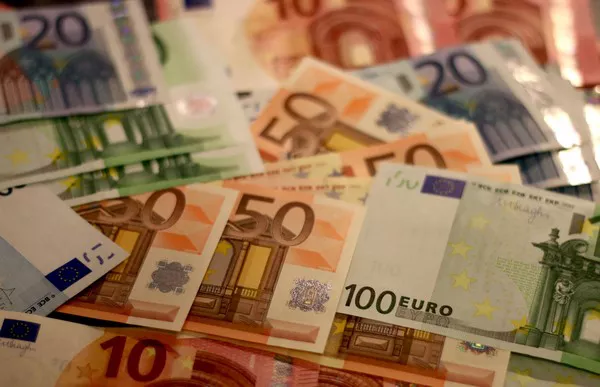The European debt crisis, also known as the Eurozone crisis, was a series of financial and economic challenges that afflicted several countries within the Eurozone after the global financial crisis of 2008. It exposed significant weaknesses in the monetary and fiscal architecture of the Eurozone and tested the cohesion of the European Union (EU). This article explores the causes, impacts, and potential solutions to the European debt crisis.
Historical Background:
To comprehend the origins of the European debt crisis, it is crucial to understand the context in which it occurred. The introduction of the euro as a common currency for Eurozone member states in 1999 facilitated cross-border trade and investment but also led to economic interdependence among member nations. However, underlying structural issues combined with external shocks triggered the crisis.
Causes of the European Debt Crisis:
1. Macroeconomic Imbalances: Some Eurozone countries experienced large trade deficits and excessive public and private sector borrowing, leading to unsustainable levels of debt.
2. Weak Financial Regulation: Inadequate regulation and supervision of financial institutions allowed the accumulation of risky assets, particularly in the real estate sector.
3. Sovereign Debt Contagion: Deteriorating economic conditions in one country could quickly spread to others due to interconnectedness within the Eurozone and concerns over sovereign debt solvency.
Impacts of the European Debt Crisis:
1. Economic Contraction: The debt crisis resulted in severe recessions in many affected countries, causing high unemployment rates, reduced consumer spending, and declining GDP growth.
2. Financial Market Turmoil: Bond yields soared, credit tightened, and banking systems came under strain, raising concerns about the stability of the entire European financial system.
3. Social and Political Unrest: Harsh austerity measures imposed to tackle the crisis sparked social unrest, protests, and political instability in several countries.
EU and International Interventions:
1. European Central Bank (ECB) Measures: The ECB implemented measures to stabilize financial markets, including providing liquidity support to banks and purchasing government bonds.
2. European Financial Stability Facility (EFSF): Established in 2010, the EFSF provided financial assistance to struggling Eurozone countries through loans and debt guarantees.
3. European Stability Mechanism (ESM): Created in 2012, the ESM succeeded the EFSF and continued to provide financial assistance, subject to strict conditionality.
Structural Reforms and Austerity Policies:
To address the root causes of the crisis, affected countries implemented structural reforms aimed at enhancing competitiveness, reducing fiscal deficits, and improving public administration. However, the prolonged austerity policies imposed to restore fiscal sustainability also faced criticism for exacerbating economic downturns and social inequality.
Future Prospects and Solutions:
1. Strengthening Fiscal Integration: Deeper fiscal integration, such as the implementation of a fiscal union or Eurobonds, could enhance budgetary discipline and risk-sharing among member states.
2. Banking Union: Establishing a comprehensive banking union with common supervision, deposit insurance, and resolution mechanisms would ensure a stronger and more resilient financial system.
3. Promoting Growth and Investment: Encouraging investment in innovation, infrastructure, and education can stimulate economic growth and job creation, fostering sustainable recovery.
Conclusion:
The European debt crisis revealed significant flaws within the Eurozone’s monetary and fiscal framework and highlighted the need for comprehensive reforms. While considerable progress has been made through various interventions and structural adjustments, further measures are required to foster long-term stability, growth, and resilience across the Eurozone. By learning from past mistakes and implementing effective solutions, Europe can strive towards a more prosperous and united future.


